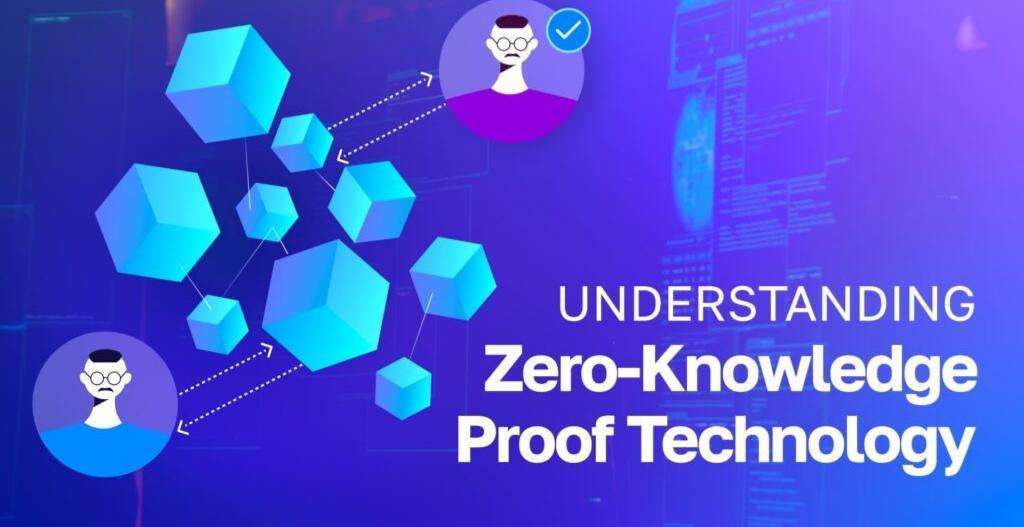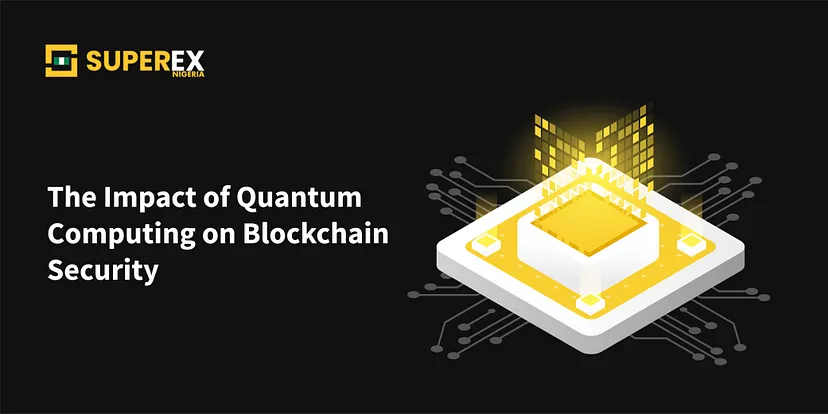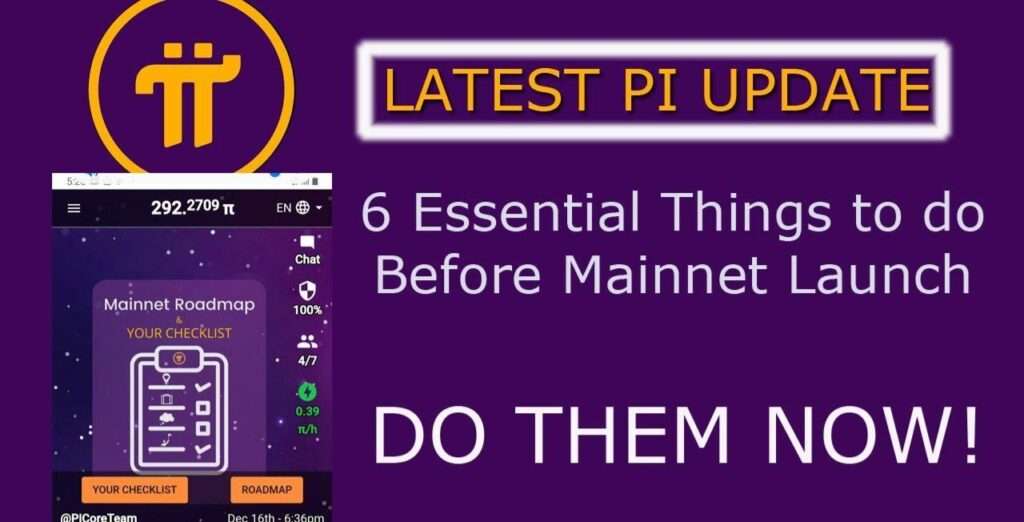
Blockchain technology has been hailed as a breakthrough in decentralized, trustless, and transparent systems. However, it also faces some challenges, such as scalability, privacy, and security.
One of the most promising solutions to these challenges is the use of zero-knowledge proofs.
What are Zero-Knowledge Proofs
Zero-knowledge proofs are a type of advanced cryptography that allows one party to prove to another that a statement is true, without revealing any information beyond the validity of the statement.
For example,
Alice can prove to Bob that she knows the password to a website, without actually telling him the password. Or take an example between Mary and Robert in the picture below.

Seems complicated Right, Don’t worry here nothing will be complicated. Keep reading as we will explain further.
Types of zero-knowledge proofs
There are different types of zero-knowledge proofs, such as:
1.Interactive zero-knowledge proofs:
These require the prover and the verifier to exchange multiple messages, where the verifier challenges the prover with random questions, and the prover responds with valid answers.
The verifier can be convinced of the statement’s truth, but cannot learn anything else from the proof. An example of an interactive zero-knowledge proof is the Ali Baba cave scenario.
2. Non-interactive zero-knowledge proofs:
These require only one message from the prover to the verifier, where the prover generates the proof using a common random string or a random oracle.
The verifier can verify the proof without interacting with the prover, but cannot learn anything else from the proof. An example of a non-interactive zero-knowledge proof is the zk-SNARK (Zero-Knowledge Succinct Non-Interactive Argument of Knowledge)
3. Succinct zero-knowledge proofs:
These are zero-knowledge proofs that have a short proof size and a fast verification time, regardless of the complexity of the statement.
They are usually non-interactive, and rely on advanced mathematical techniques, such as elliptic curves, pairings, or recursive composition. An example of a succinct zero-knowledge proof is the zk-STARK (Zero-Knowledge Scalable Transparent Argument of Knowledge).
4.Transparent zero-knowledge proofs.
These are zero-knowledge proofs that do not require any trusted setup or secret parameters to generate or verify the proof.
They are usually based on standard cryptographic assumptions, such as the hardness of discrete logarithm or factoring. An example of a transparent zero-knowledge proof is the Bulletproof.
How do zero-knowledge proofs work?
All the different types of zero-knowledge proofs, follow the same basic structure:

How zero-knowledge proofs works
- Prover: The party that wants to prove something to the other party, without revealing any information.
- Verifier: The party that wants to verify the proof, without learning anything new.
- Statement: The claim that the prover wants to prove, such as “I know the password to this website”.
- Witness: The secret information that the prover uses to prove the statement, such as the password itself.
- Proof: The evidence that the prover generates and sends to the verifier, to convince them that the statement is true, without revealing the witness.
The proof must satisfy three properties:
Completeness: If the statement is true, and the prover knows the witness, then the prover can always generate a valid proof that the verifier will accept.
Soundness: If the statement is false, or the prover does not know the witness, then the prover cannot generate a valid proof that the verifier will accept, except with a very low probability.
Zero-knowledge: The verifier cannot learn anything from the proof, except the fact that the statement is true.
One of the simplest examples of a zero-knowledge proof is the following:
◇ Statement: Alice knows the colour of a ball that is hidden in a box.
◇ Witness: The colour of the ball (red or blue).
◇ Proof: Alice and Bob repeat the following steps several times:
- Alice takes the ball out of the box, and shows it to Bob.
- Bob looks away, and Alice puts the ball back in the box, and optionally swaps it with another ball of a different colour that is also hidden in the box.
- Bob looks back, and asks Alice to reveal the colour of the ball in the box.
- Alice tells Bob the colour, and Bob checks if it matches the colour he saw before.
This proof satisfies the three properties:
Completeness: If Alice knows the colour of the ball, she can always tell Bob the correct colour, and Bob will accept the proof.
Soundness: If Alice does not know the colour of the ball, she has a 50% chance of guessing the wrong colour, and Bob will reject the proof.
Zero-knowledge: Bob cannot learn the colour of the ball from the proof, because Alice can swap the balls without him noticing.
Applications of Zero-Knowledge proofs in blockchain
Zero-knowledge proofs have many applications in blockchain, such as:
1. Enhancing privacy
Zero-knowledge proofs can enable transactions that hide the identities, amounts, and balances of the parties involved, while still ensuring the validity and integrity of the ledger.
This can protect the users’ personal and financial data from prying eyes and malicious actors.
2. Improving scalability.
Zero-knowledge proofs can reduce the amount of data that needs to be stored and verified on the blockchain, by compressing complex computations into succinct proofs.
This can increase the throughput and efficiency of the network, and lower the costs and energy consumption.
3. Boosting security
Zero-knowledge proofs can prevent fraud, corruption, and collusion, by ensuring that the participants follow the rules of the protocol, without requiring them to reveal their secrets or inputs. This can enhance the trust and confidence in the system, and deter attacks and manipulation.
How zero-knowledge proofs are used in blockchain?
Zero-knowledge proofs can be applied to various aspects of blockchain, such as:
1. Transaction validation:
Zero-knowledge proofs can enable transactions that do not reveal the sender, receiver, or amount of the transaction, while still ensuring that the sender has enough funds, and that the transaction is authorized and valid.
This can improve the privacy and anonymity of the users, and prevent censorship and discrimination.
An example of a blockchain that uses this technique is Zcash, which employs a type of zero-knowledge proof called zk-SNARKs (Zero-Knowledge Succinct Non-Interactive Argument of Knowledge).
2. Smart contract execution
Zero-knowledge proofs can enable smart contracts that do not disclose the inputs, outputs, or logic of the contract, while still ensuring that the contract is executed correctly and honestly.
This can protect the confidentiality and integrity of the data and the code, and prevent tampering and manipulation.
An example of a blockchain that uses this technique is Enigma, which employs a type of zero-knowledge proof called zk-STARKs (Zero-Knowledge Scalable Transparent Argument of Knowledge).
3. Consensus protocol.
Zero-knowledge proofs can enable consensus protocols that do not require the nodes to store or verify the entire history of the blockchain, while still ensuring that the nodes agree on the current state of the ledger.
This can reduce the storage and computational requirements of the nodes, and increase the scalability and efficiency of the network. An example of a blockchain that uses this technique is Coda, which employs a type of zero-knowledge proof called recursive composition.
How to implement zero-knowledge proofs in blockchain.
Implementing zero-knowledge proofs in a blockchain project can be a complex and challenging task, depending on the type and level of zero-knowledge proof you want to use, and the specific requirements and goals of your project. However, there are some general steps and guidelines that can help you get started:
Step 1. Define the statement to be proven:
The first step in implementing a zero-knowledge proof is to define the statement that you want to prove, such as “I know the password to this website”, or “I have enough funds to make this transaction”.
The statement should be precise, verifiable, and relevant to your project.
Step 2: Choose the type of zero-knowledge proof:
The second step is to choose the type of zero-knowledge proof that suits your needs and preferences.
There are different types of zero-knowledge proofs, such as interactive, non-interactive, succinct, transparent, etc.
Each type has its own advantages and disadvantages, such as efficiency, security, scalability, usability, etc. You should consider the trade-offs and challenges of each type, and compare them with your project’s objectives and constraints.
Step 3: Design the protocol:
The third step is to design the protocol that will enable the prover and the verifier to exchange the proof, without revealing any information beyond the validity of the statement.
The protocol should satisfy the three properties of completeness, soundness, and zero-knowledge, and should be resistant to attacks and errors.
The protocol may involve mathematical techniques, such as cryptography, hashing, encryption, etc., and may require some assumptions, such as trusted setup, random oracle, etc.
Step 4: Implement the code:
The fourth step is to implement the code that will execute the protocol, and generate and verify the proof.
The code should be written in a programming language that is compatible with your blockchain platform, and should follow the best practices and standards of software development.
The code should also be tested and debugged, to ensure its correctness and functionality.
Step 5: Integrate the solution:
The fifth step is to integrate the solution with your blockchain project, and make it available and accessible to the users and stakeholders.
The solution should be compatible and interoperable with the existing features and components of your project, and should not compromise the performance or security of the system. The solution should also be documented and explained, to ensure its transparency and usability.
These are some of the basic steps and guidelines for implementing zero-knowledge proofs in a blockchain project.
However, this is not a comprehensive or definitive guide, and you may need to consult more resources and experts, to learn more about the details and nuances of zero-knowledge proofs, and how to apply them effectively and responsibly in your project.
So consider taking this complete Free course 👇
💥Free blockchain development course.💥
Conclusion
Zero-knowledge proofs are a powerful tool that can enhance the security, privacy, and scalability of blockchain systems.
They can enable new and innovative applications that were not possible before, and open up new possibilities for the future of decentralized and distributed systems.
However, zero-knowledge proofs are not a magic bullet, and they also come with some trade-offs and challenges, such as complexity, performance, and usability.
Therefore, it is important to understand the benefits and limitations of zero-knowledge proofs, and how to use them effectively and responsibly in your project.
One of the best ways to learn more about zero-knowledge proofs is to see them in action. There are many projects and platforms that use zero-knowledge proofs to achieve various goals and functionalities, such as Zcash, Enigma, Coda, and more.
You can explore these projects and see how they implement and apply zero-knowledge proofs in different scenarios and contexts.
Zero-knowledge proofs are a fascinating and promising technology that can transform the way we interact and collaborate on blockchain.
By learning more about zero-knowledge proofs, you can gain a deeper understanding of the potential and challenges of blockchain, and how to leverage its benefits and overcome its limitations.
I hope you enjoyed this article, and I encourage you to keep exploring and learning more about zero-knowledge proofs and blockchain. Thank you for reading!
But wait Here is a Free course exclusively to You and your Friends 👉⚠️Blockchain Development Course.
RELATED ARTICLES
- Blockchain and Artificial Intelligence Integration: How it works, The Benefits, Challenges, and Opportunities of Their Integration
- The Green Blockchain: Environmental Impact of Blockchain and Sustainable Solutions
- The Future of Blockchain Technology: Top 10 Emerging Trends and Innovations for 2024
- What Are Sidechains and Why Do They Matter for Blockchain Scalability?









